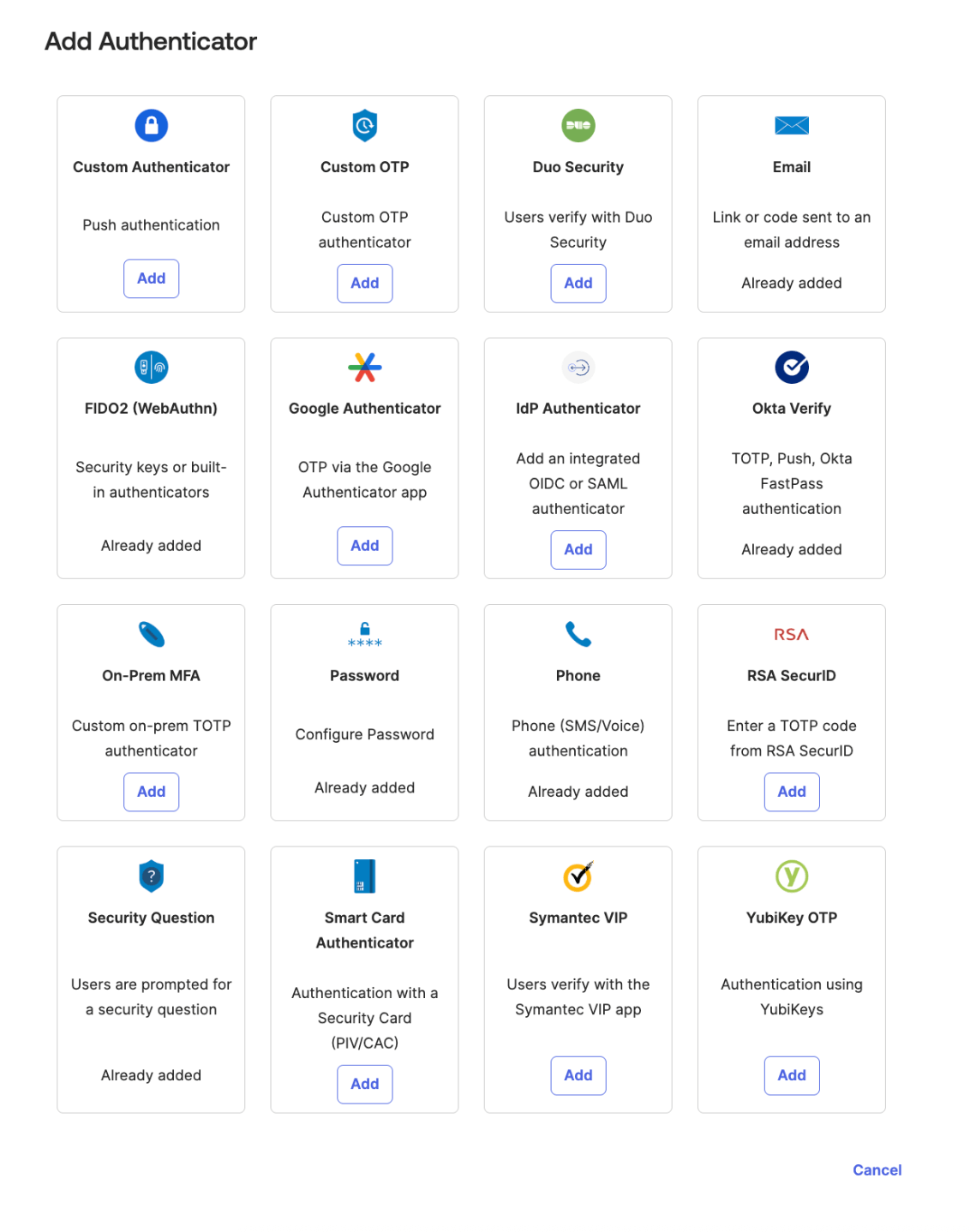3 MFA myths that are holding you back

How many times have you clicked “Remember this device” only to be hit with an SMS code the next time you log in? It’s annoying, inconsistent, and exactly why so many people assume Multi-Factor Authentication (MFA) is a friction-filled nightmare.
But here's the truth: In today’s threat-heavy digital world, MFA isn’t optional. It’s essential. Cyberattacks, fraud, and account takeovers are on the rise, and passwords alone are no match. In fact, over 80% of hacking-related breaches involve stolen or weak credentials (Verizon Data Breach Investigations Report, 2024). MFA is one of the most effective ways to stop them — but only if it’s done right. And that’s where the real misunderstanding begins.
Despite its importance, MFA is still plagued by outdated myths that make businesses hesitate. Some fear it will frustrate users and hurt conversions. Others worry it’s too complex to implement. The good news? Modern MFA has evolved. It can actually improve user experience while dramatically increasing security.
Let’s debunk the biggest myths holding you back and show you how MFA, done well, is a launchpad for a more secure, seamless digital experience.
Myth 1: MFA will lead to frustrated customers fumbling with SMS codes
IT and security leaders often think adding extra steps to the login process is a surefire way to frustrate users, leading to abandoned carts, lower engagement, and a chorus of complaints. Visions of complicated setups and endless one-time passwords (OTPs) dance in their heads (and yours).
This couldn't be further from the truth in today's world. Modern MFA is designed with the user in mind. Think about the seamlessness of a push notification on your phone, a quick tap on an authenticator app, or even the invisible security of biometric authentication. These methods are often faster and more convenient than remembering complex passwords!
The key is offering choice and flexibility. Let users pick the verification methods that suit them best. Basic options like SMS and email OTPs are familiar and easy to use, providing a significant security boost without a steep learning curve.
Even better, Adaptive MFA (AMFA) removes friction entirely by intelligently assessing risk. Logging in from a trusted device and location? One factor may be needed. Accessing from somewhere new? That's when the extra layer kicks in. It's smart security that works with your users, not against them.
Myth 2: My internal teams don’t have the time or expertise to set up MFA in my app
Another myth is that implementing MFA means wrestling with complex integrations, custom coding, and a headache-inducing infrastructure overhaul. It sounds like a project that will drain resources and keep your IT team up at night.
In reality, the days of building everything from scratch are gone. Today, robust, out-of-the-box MFA solutions are readily available and designed for seamless integration. Platforms like Okta offer a wide array of pre-built integrations and user-friendly interfaces that make deploying and managing MFA surprisingly straightforward.
Focus on platforms that offer scalability and ease of use. Look for solutions that provide:
- Pre-built integrations: Connect with your existing applications and services without extensive coding.
- Intuitive management consoles: Simplify policy creation, user enrollment, and monitoring.
- Support for diverse authentication methods: Offer various options (SMS, email OTP, authenticator apps, hardware tokens, biometrics, passkeys) to cater to different user preferences and security needs.
With the right platform, you can roll out MFA across all your customer touchpoints – web, mobile, and beyond – without breaking a sweat (or the budget).

Myth 3: "Good enough" security is actually good enough
Passwords have worked for years, right? Why add the extra layer of complexity? You haven't had any major breaches (yet), so you're okay.
But in today's threat landscape, relying on passwords alone is like protecting your front door with a flimsy screen. Phishing attacks, credential stuffing, and brute-force attempts are becoming increasingly sophisticated.
In fact, 80% of hacking-related breaches involve stolen or reused credentials (Verizon Data Breach Investigation Report 2024), and over 19 billion passwords were exposed in data breaches between April 2024 and April 2025 alone (CinchOps, May 2025), with billions more circulating on the dark web. A compromised password can open the floodgates to account takeovers, fraud, and significant reputational damage.
MFA adds a critical layer of defense that reduces the risk of unauthorized access. Even if one factor is compromised, the attacker still needs to bypass the second (or third!) layer of security. This dramatically increases the effort required for a successful attack, making your users – and your business – a less attractive target. Embracing MFA is a proactive step towards building a resilient security posture and fostering greater trust with your customers.
Your launchpad for secure, seamless customer experiences
We understand that security and user experience aren't mutually exclusive — they're two sides of the same coin. Our platform offers a comprehensive suite of flexible MFA options, from SMS OTPs to passkeys, all designed with ease of use and scalability in mind.
We provide pre-built integrations, an intuitive management console, and adaptive authentication capabilities that intelligently balance security and user experience. With Okta, you can confidently implement MFA across your customer journeys, fostering trust, enhancing engagement, and building a more secure foundation for lasting customer relationships.
It's time to move beyond outdated myths and embrace the power of modern MFA – your users will thank you for it.
These materials and any recommendations within are not legal, privacy, security, compliance, or business advice.

